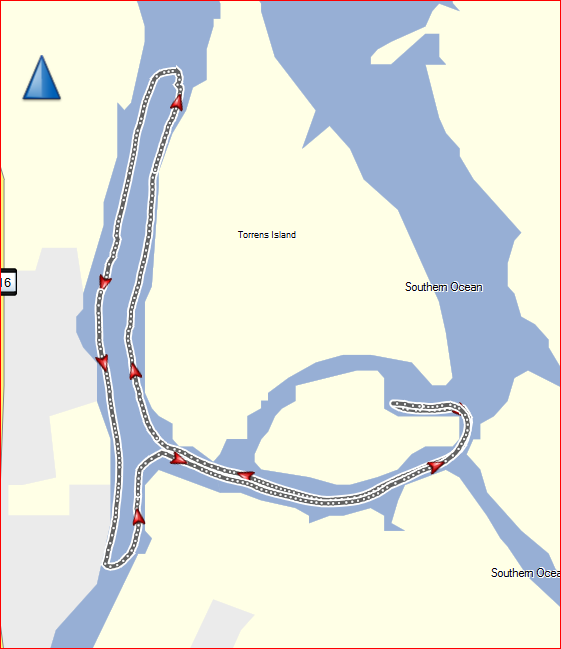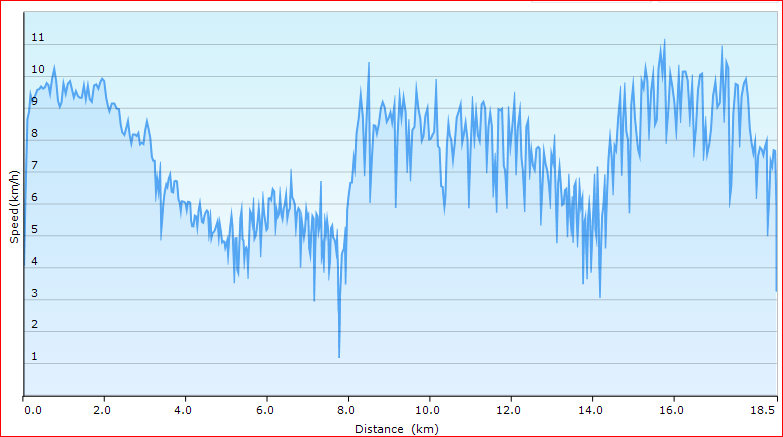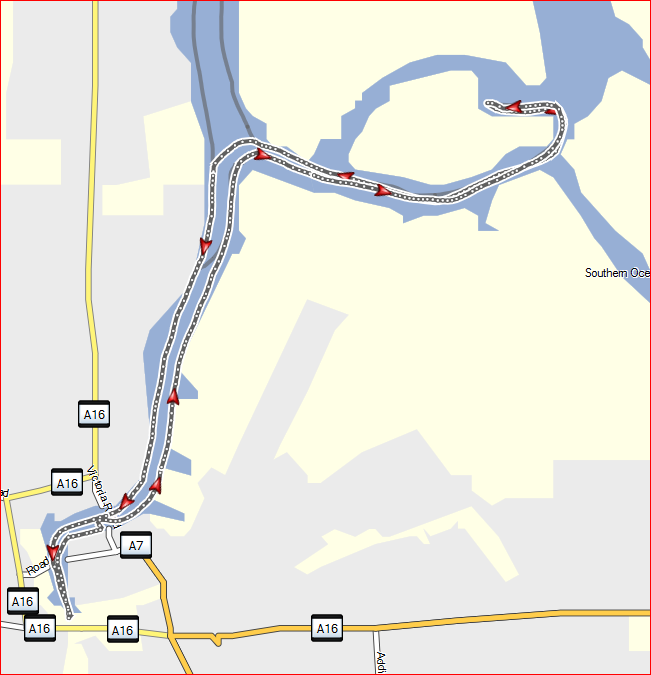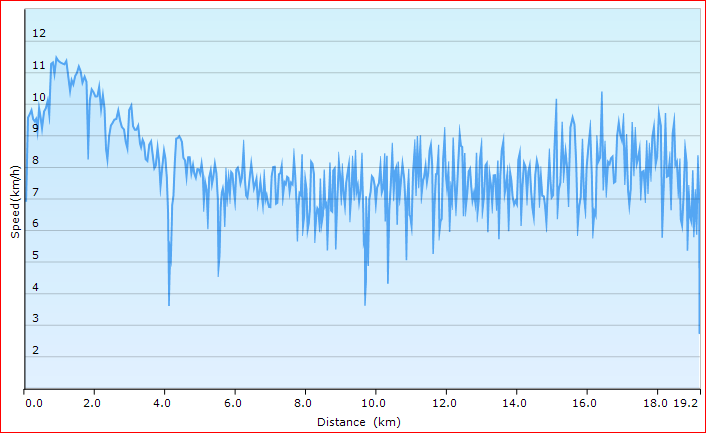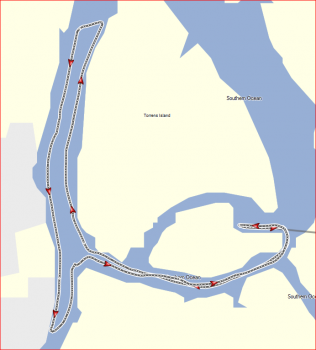.. What the weather is doing, with only 12 weeks to go, I just have to pick which ever day the weather report tells me is going to be the best.
This weekend the reports were not the best, but Saturday looked better than Sunday, so a quick check of the tides, along with the predicted and observed windspeed/direction and I choose a time and course to paddle. The predicted wind of 20-25km/h was not quite right, it got up to around 30-35km/h.
With the wind from the North-West, and having about 15 minutes of outgoing tide, I made the choice to head out of Angus Inlet, around into Barker Inlet towards the Port River. As soon as I rounded into Barker Inlet the wind started! Not too bad – going with the last of the outflow, I was protected somewhat and the wind was a gentle 10-15km. From here, things started to get worse, a lot worse!
As I went under the bridge I was suddenly copping the lot of the wind right in my face. As I rounded into the Port River I was hit with he full force of 30+km/h wind, and it is clear to see the effect on the graph below (around the 4km mark). It was a hard slog down the river, as not only did I have the wind in my face, but the tide had turned and was flowing in as well. It got worse, much worse! I had no choice but to stay out of the channel of the river and in the shallows as the river was very busy – with the Port River Sailing Club out racing in the river. Then, just to make things harder again, the tug boats started moving on the river.
So, here I am, with a 30+ km/h wind in my face, incoming tide, paddling in less than 2M of water, with a nice wind chop of up to 0.5M when a tug boat comes up the river. Yep, a “nice” 1M+ wake on top of it all was pretty messy, look at the plot, you can see where my speed dropped right off – I was trying to stay upright as the tug boat went past, the wake was almost washing me backwards!
I had to wait a little while to pick a break in the river traffic to scoot across to the other side for my trip back up the river – look at the plot around the 8km mark when I turned. Now with the wind and the tide at my back. The wind was not as much assistance on this side of the river as it is a little bit more protected.
As I passed the entrance to Barker Inlet, I hit the start/finish line of the sailing, and continued down past all of the yachts before I turned in front of the Rowing Club back across the river and a short, final hard workout into the wind.
Once I got back out of the Port River (around the 15km mark), I had another bit of reprieve, shelter from the wind (well a slight tail wind) and the incoming tide assisting me. Now, out of the chop and boat traffic I had a pretty good run until I copped the wind in the face for the last 800m back across Angus Inlet to the boat ramp.
- Distance: 18.5km
- Time: 2:36:42
- Avg Moving Speed: 7.1km/h
- Tide: 0.6 Low / 2.6 High
- NW Wind up to 35km/h
This is by far the worst conditions I have been out in for a long time, and even though I only averaged 7.1km/h I was pretty pleased!
I was paddling with my new lighter paddle and in such conditions, I didn’t really notice if it was any easier. What I did notice is that the shaft of my new paddle is about 1 or 2mm thinner than my other paddle – so it feels a bit different in my hands.
PS – I was glad I picked Saturday, as Sunday was even worse – much more wind and a fair bit of rain as well.

